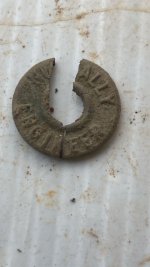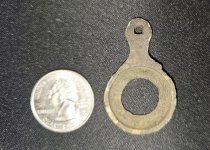Ragnor
Sr. Member
- Dec 7, 2015
- 445
- 422
- Primary Interest:
- All Treasure Hunting
"Don't go in there" is not how to learn.
There is a mine I would like to explore. I walked in about 50 feet once before. There was a giant hanging slab held up by a rotten timber. I turned around and left. I had no way of knowing if it was safe or not and I recognized that. A friend of mine told me that sill did actually colapse if I recall correctly.
I would like to learn how to know what is safe and what is not. To learn to identify stable and unstable configurations.
While we all have to face our fate one day and that is certain for a fact I have no desire to push the matter.
I know about bad air and have personal experince with what happens when some well meaning fool plugs up an air shaft. It involves allot of confusion and purple and blue floating spots in your vision. I understand all that.
None the less I would like to study up on the matter without having to become a certified mining engineer.
Can anyone suggest some good learning materials?
How can I learn if a mine is stable enough for exploration.
This particular mine entrance is big enough to drive a truck into. I just found some documents saying it has thousands of feet of tunnel over 5 levels. So it was pretty big for having no record of ore shipments.
There is a mine I would like to explore. I walked in about 50 feet once before. There was a giant hanging slab held up by a rotten timber. I turned around and left. I had no way of knowing if it was safe or not and I recognized that. A friend of mine told me that sill did actually colapse if I recall correctly.
I would like to learn how to know what is safe and what is not. To learn to identify stable and unstable configurations.
While we all have to face our fate one day and that is certain for a fact I have no desire to push the matter.
I know about bad air and have personal experince with what happens when some well meaning fool plugs up an air shaft. It involves allot of confusion and purple and blue floating spots in your vision. I understand all that.
None the less I would like to study up on the matter without having to become a certified mining engineer.
Can anyone suggest some good learning materials?
How can I learn if a mine is stable enough for exploration.
This particular mine entrance is big enough to drive a truck into. I just found some documents saying it has thousands of feet of tunnel over 5 levels. So it was pretty big for having no record of ore shipments.





